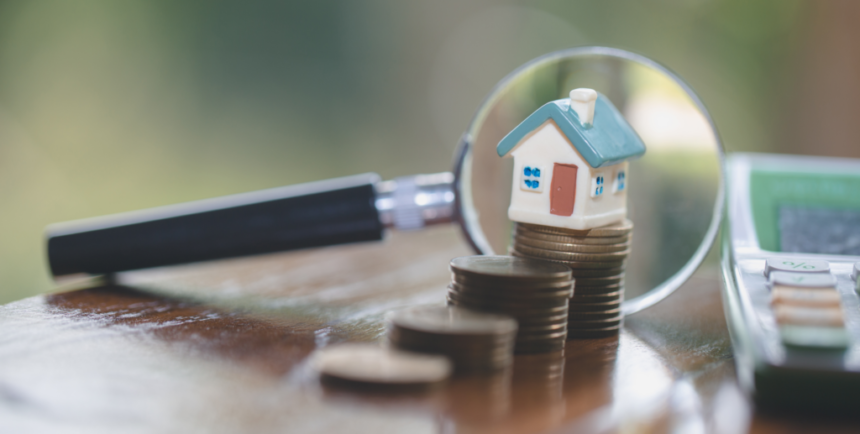Some houses are primed to be flipped, while others are best left to another buyer. Knowing how to find houses to flip is critical to your success as a real estate investor.
Here, you’ll learn how to adjust your approach to ensure yourself of finding (and buying) houses that can be flipped for a profit.
Deciding on a Market
Before you do anything, you should decide on a market. Your goal is to learn as much as possible about this market. Do a real estate analysis to become an expert. The more you learn, the easier it becomes to find houses to flip for a profit.
Start by identifying potential target neighborhoods within the market, paying close attention to aspects like community appeal, future growth potential, and existing property values.
From there, analyze the supply and demand dynamics in these areas; high demand for homes combined with a limited supply often indicates a favorable flipping opportunity. Also, consider other factors such as economic stability, employment rates, local amenities, and the average time properties stay on the market.
All of these elements collectively give you a complete understanding of the market, helping you make informed decisions about where to focus your house flipping efforts.
5 Strategies for Finding Houses to Flip
Once you decide on a market, turn your attention to strategies for finding houses to flip. Here are five strategies to consider.
1. Connect with an investor-friendly real estate agent
Building a relationship with a real estate agent who specializes in investments can provide you with valuable insights and access to off-market deals. These agents understand the unique needs of investors and can offer tailored advice on property selection and negotiation strategies. They often have an extensive network and knowledge of upcoming listings, giving you an edge in finding potential flip properties.
2. Explore online listing platforms
Online real estate platforms are a treasure trove for house flippers, offering a wide range of properties, including those that may need significant renovations.
Regularly browsing these sites allows you to quickly identify potential flips based on location, price, and condition. Utilize advanced search filters to narrow down your options to properties that best fit your flipping criteria.
3. Attend auctions and foreclosure sales
Auctions and foreclosure sales often present opportunities to purchase properties at below-market rates. Attending these events can enable you to find deals that might not be available through traditional channels. However, it’s important to research properties beforehand and set a maximum bid to avoid overpaying.
4. Direct mail and door-to-door prospecting
This proactive approach involves reaching out directly to homeowners, especially those who might be motivated to sell quickly due to financial difficulties, relocation, or other reasons.
Sending personalized letters or visiting neighborhoods to find properties that appear neglected can uncover hidden gems ideal for flipping. Be respectful in your approach, as you are dealing with people in varied situations.
5. Utilize wholesalers
Wholesalers specialize in finding and securing deals, often selling the rights to these properties to investors at a markup. Working with reputable wholesalers can save you time in property hunting, as they bring potential deals directly to you. Ensure due diligence in verifying the property’s potential and the wholesaler’s track record to avoid overpaying or investing in a less profitable property.
Assessing a House’s Flip Potential
Finding a house is a good first step, but don’t stop there. You must also assess a house’s flip potential.
Key criteria for evaluating a potential house
When evaluating a house for flipping, focus on location, property condition, and market value. Assess the neighborhood’s appeal, schools, and local amenities, as these factors significantly influence resale value.
You should also examine the property’s structural integrity, layout, and the extent of renovations required. And of course, consider the potential market value after renovations to improve the chance of making a profitable investment.
Conducting thorough property inspections
Before finalizing a purchase, conduct a property inspection to identify any hidden issues that could impact your budget or timeline.
It’s best to hire a professional inspector to examine the property’s foundation, roofing, electrical systems, plumbing, and other critical areas. This step is crucial in avoiding costly surprises.
Understanding renovation costs and potential returns
Accurately estimating house flipping costs is key to determining the viability of a house flip. Itemize potential expenses, including materials, labor, permits, and a contingency fund for unexpected costs.
Compare these costs against the estimated post-renovation market value to ensure a favorable return on investment. Staying informed about current market trends and material costs can help refine your estimates and decision-making process.
Tip: Use a house flipping calculator to accurately crunch numbers before buying a property.
Final Thoughts
With this information, you now have everything you need to find houses to flip. For a deeper dive into house flipping, including more detailed strategies and insights, check out our complete guide on how to flip houses.
Ready to succeed in real estate investing? Create a free BiggerPockets account to learn about investment strategies; ask questions and get answers from our community of +2 million members; connect with investor-friendly agents; and so much more.
Note By BiggerPockets: These are opinions written by the author and do not necessarily represent the opinions of BiggerPockets.








